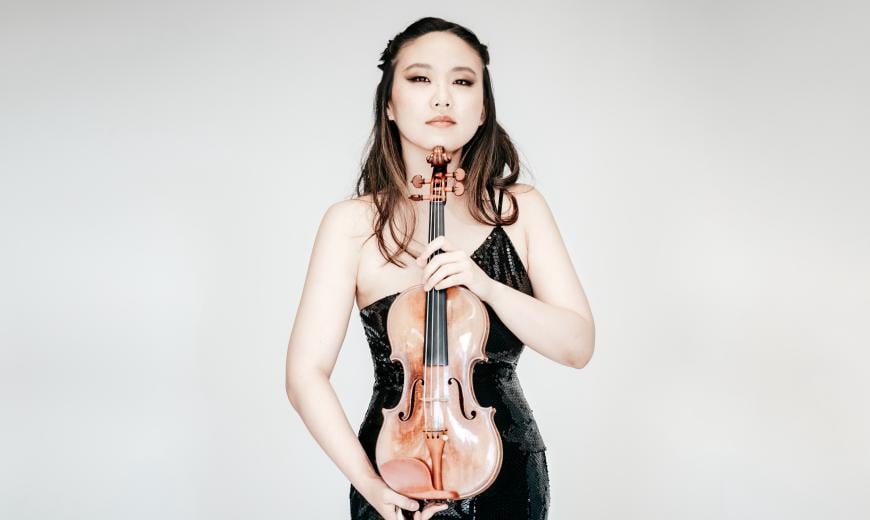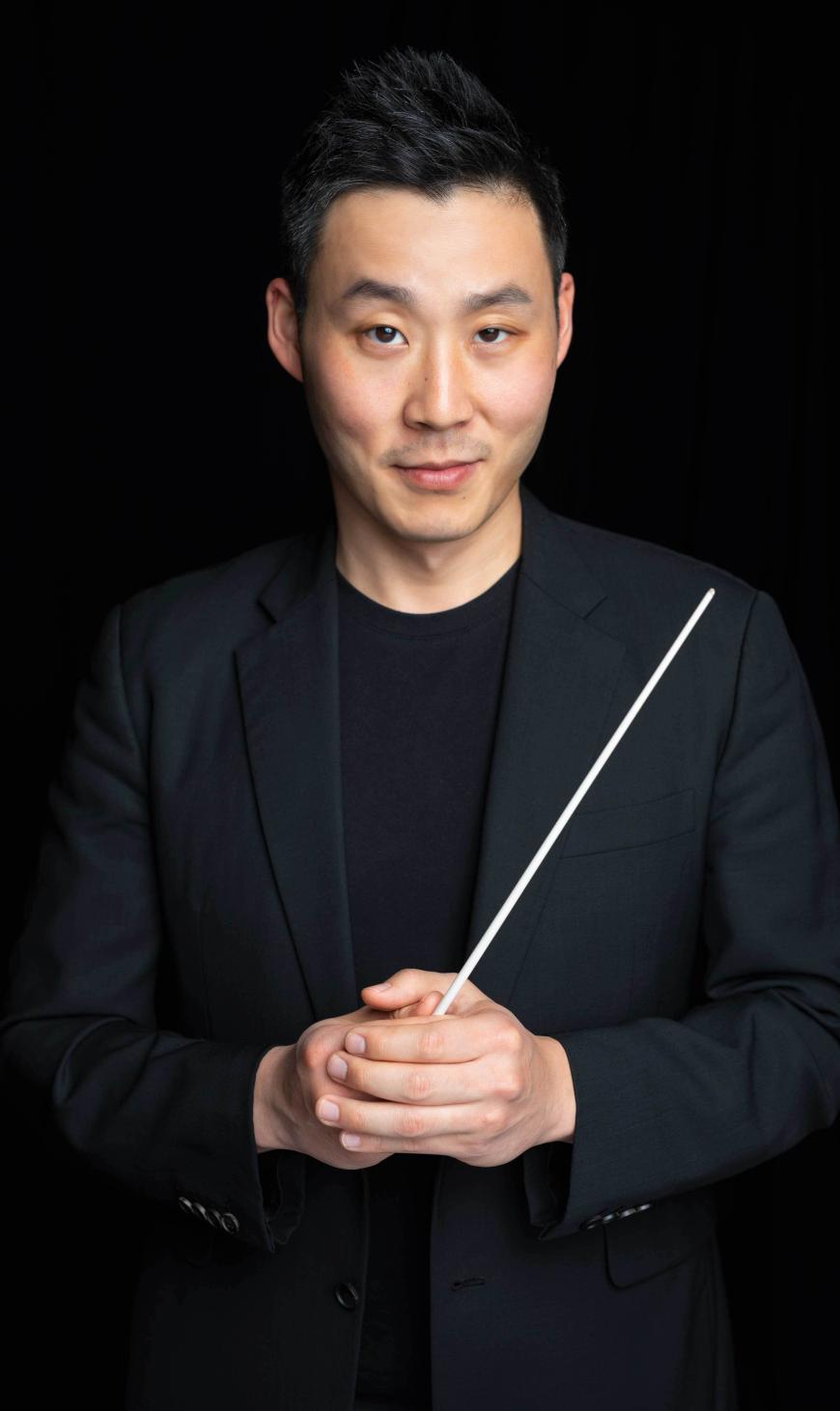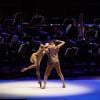
In between a tribute to the Beatles and La La Land live in concert, the San Francisco Symphony’s summer offerings this year included a hefty subscription-season-style program on Thursday, July 25, with Earl Lee conducting and Stella Chen as the soloist in Samuel Barber’s Violin Concerto.
Davies Symphony Hall was packed, more fully than is typical for a subscription concert. Among the enthusiastic audience were a number of symphony administrators, in town for the Association of California Symphony Orchestras conference.
Barber’s concerto consists of two movements of songlike lyricism followed by a third of moto perpetuo action. The work was composed in 1939 for a violinist who balked at the last movement. But Chen was well suited to both styles. The outstanding characteristic of her performance was her easy and sure command of the music. She had complete control over this concerto; when she wasn’t playing, it was as if she’d impulsively paused to let the orchestra — strong and vivid — have a say.

Despite the solo violin’s soaring lyricism, the orchestra gets the good tunes in this concerto. Chen’s responses to these tunes seemed almost like improvised personal statements, striking off from or incorporating the orchestral material. They felt fluent as well as spontaneous. Her clear, bright tone carried firmly over the orchestra, even in her highest register.
The finale, though moto perpetuo, was no furioso. Chen played as if she were doing her daily warm-up exercises — calm, relaxed, and with clearly marked rhythmic control. The orchestra took a similar tack.
Chen further demonstrated her virtuosity with an encore that was almost all double stops, the Adagio from J.S. Bach’s Violin Sonata No. 1 in G Minor.
Lee began Pyotr Ilyich Tchaikovsky’s Symphony No. 4 as if his and Chen’s approach to the Barber had left a deep impression. The performance started off as slow and calm as possible under the score’s surging emotions, the contrast not sounding ridiculous. By the end of the first movement, however, the playing was more worked up in the customary manner of orchestras with Tchaikovsky. Indeed, in the slow movement, Lee pulled the central climactic section into a high froth — in maximum contrast with the serene and meltingly beautiful principal theme from oboist Russ de Luna.
After the famous scherzo, in which the strings play unbroken pizzicato, Tchaikovsky’s finale was fast and dry, with enough lyricism in the playing to overcome any tedium in the potentially drab and repetitious melodic material.
The concert began with a recently composed curtain-raiser, well paired with the Tchaikovsky, though it would have been even more appropriate with Beethoven. Carlos Simon’s Fate Now Conquers is a brief tone poem whose title is taken from a quotation on resignation and defiance from Hector’s deathbed speech in the Iliad, which Beethoven copied into his journal.
The piece begins with an angry, swirling, buzzing sound, initially made by muted trumpets backed by strings, punctuated by thunderous thumps on timpani, delivered by Michael Kemp. Thoughts of the scherzo from Beethoven’s Ninth Symphony or perhaps the finale of Dmitri Shostakovich’s Fifth come to mind here. The thumps and other outbursts continue as the music quiets down and becomes more lyrical for a bit and then builds back up again. Overall, the piece is full of distinct character. It was a good addition to a well-plotted and well-executed program.




